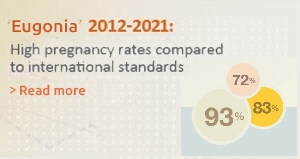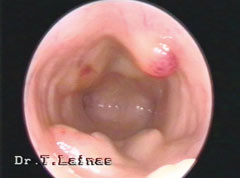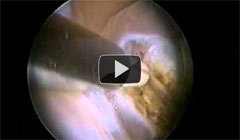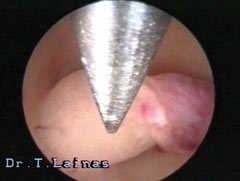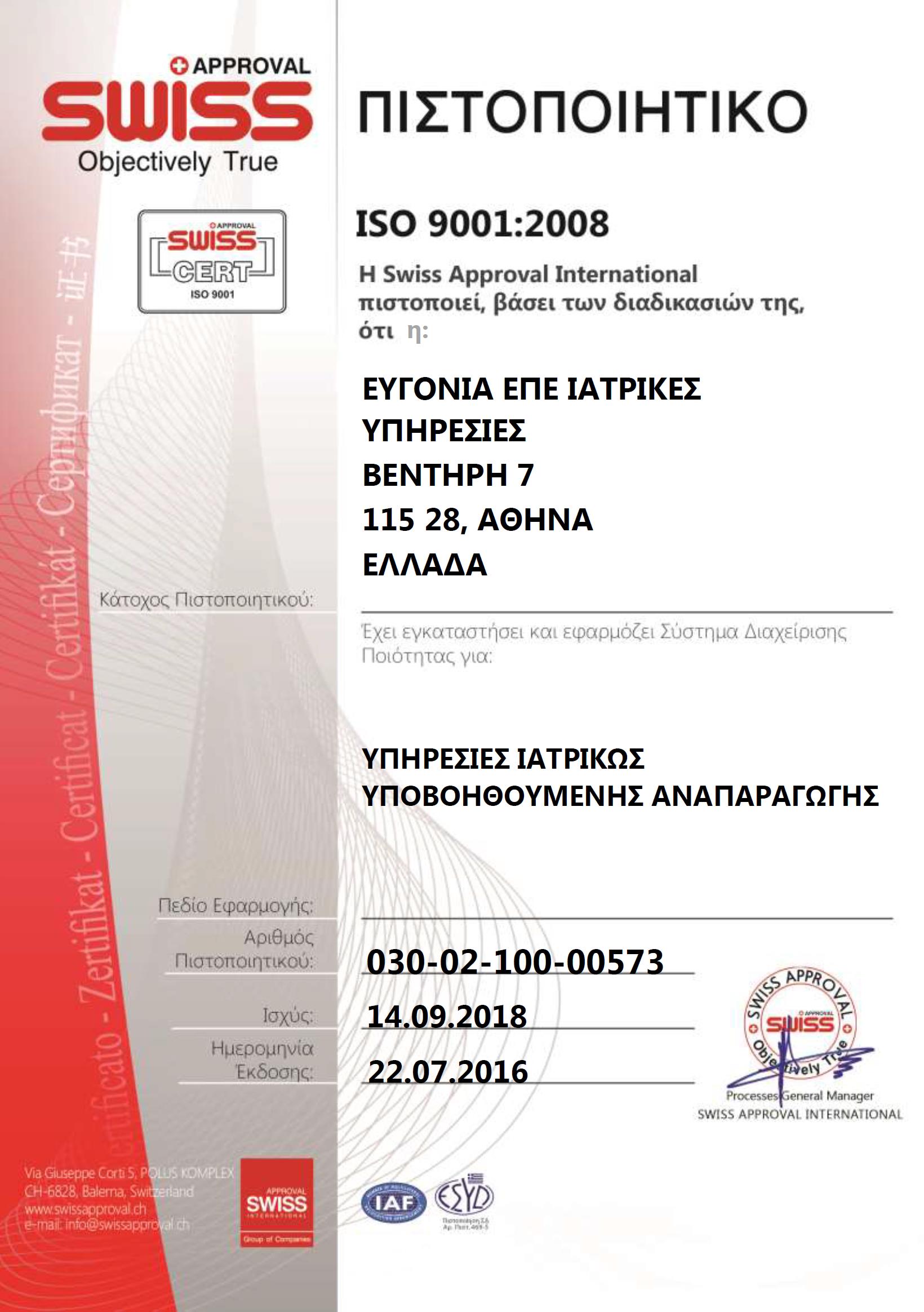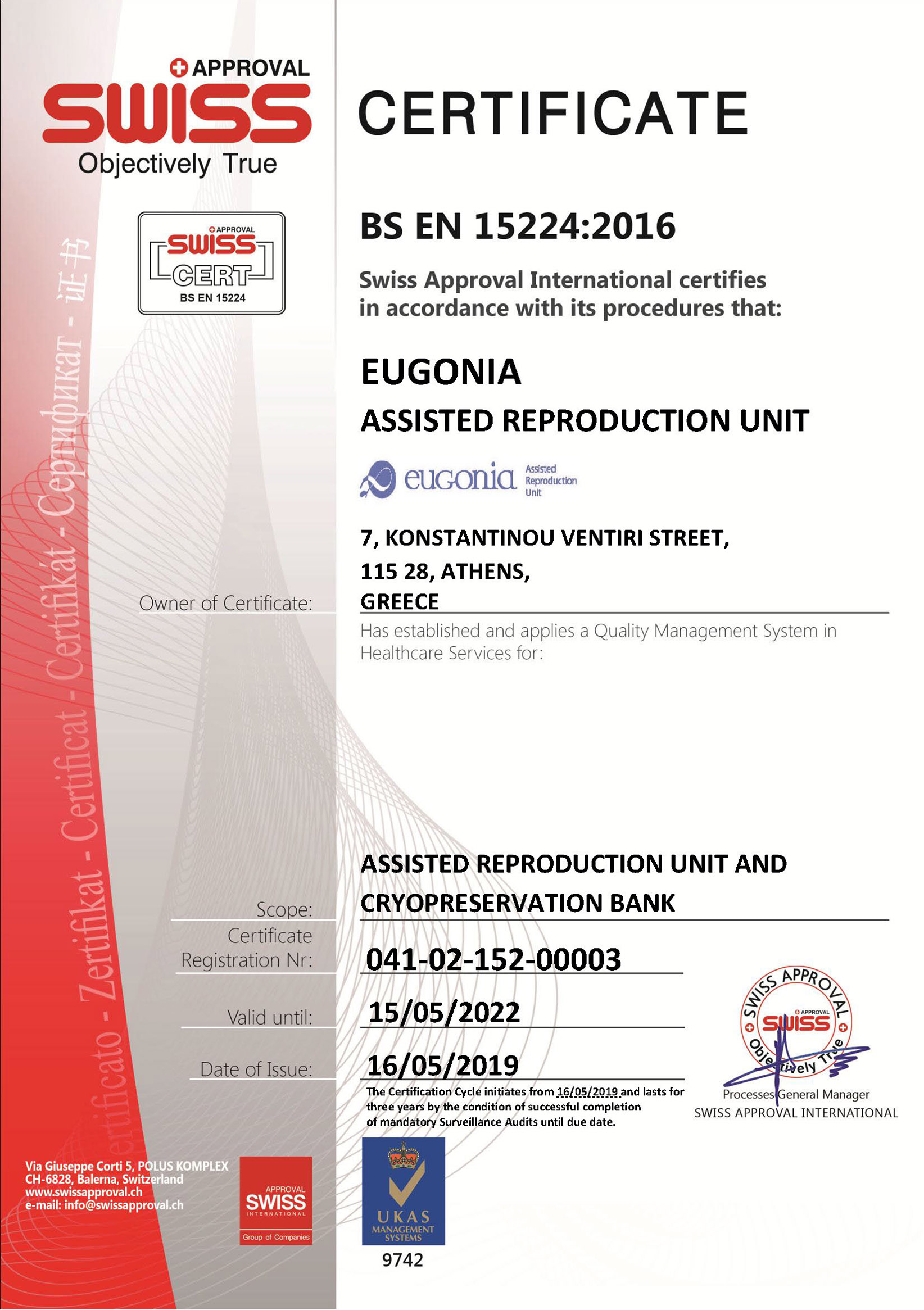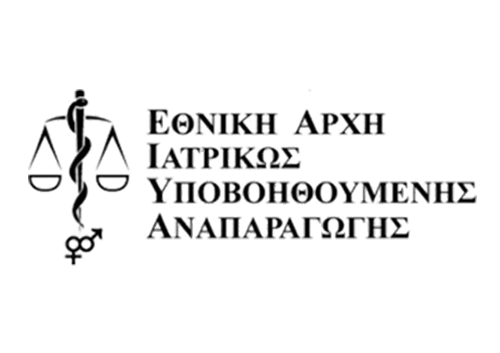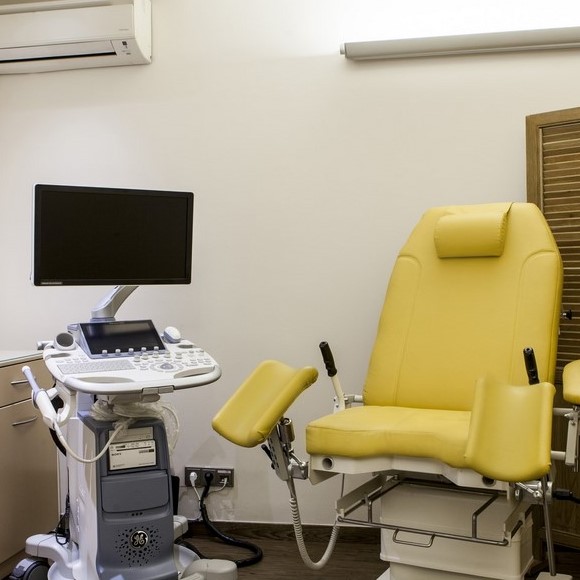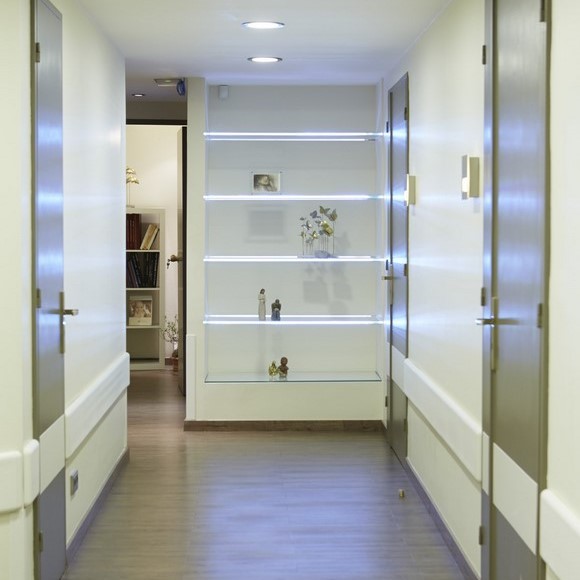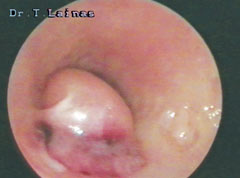
Endometrial polyps are usually asyptomatic, benign little tumors of the uterus and may be responsible for the anomalous uterine haemorrhage or be found during intravaginal ultrasound or hysterosalpingography.
Endometrial polyps may vary in shape, size and number and numerous times may also come with endometrial hyperplasia, from which they should be differentiated when diagnosed (as for example with polypoid hyperplasia of the endometrium).
Polyps that are seen during the secretory phase of the cycle do not need any treatment. On the contrary, persistent mucosal or fibroid polyps can be removed with hysteroscopic surgery. Their relation to subfertility is disputed.
If the endometrial polyp is less than 2 cm, it does not seem to negatively affect the pregnancy chances, it may though increase the chances of pregnancy loss (Lass et al., 1999). In the same study, it is also mentioned that in assisted reproduction cycles, the practice of embryo freezing and the embryo transfer in a following cycle when the need for polyp removal arises may possibly increase the birth rates.





